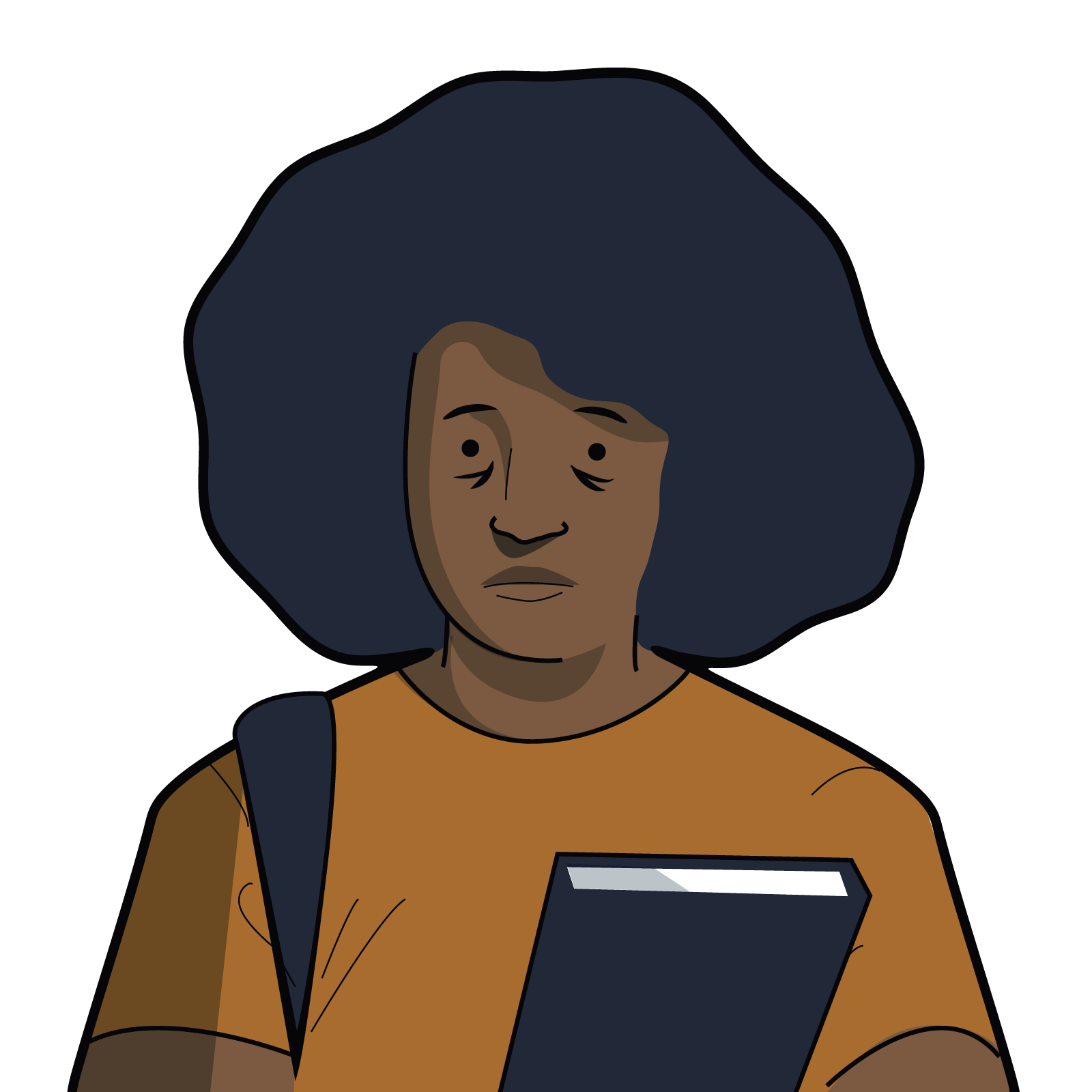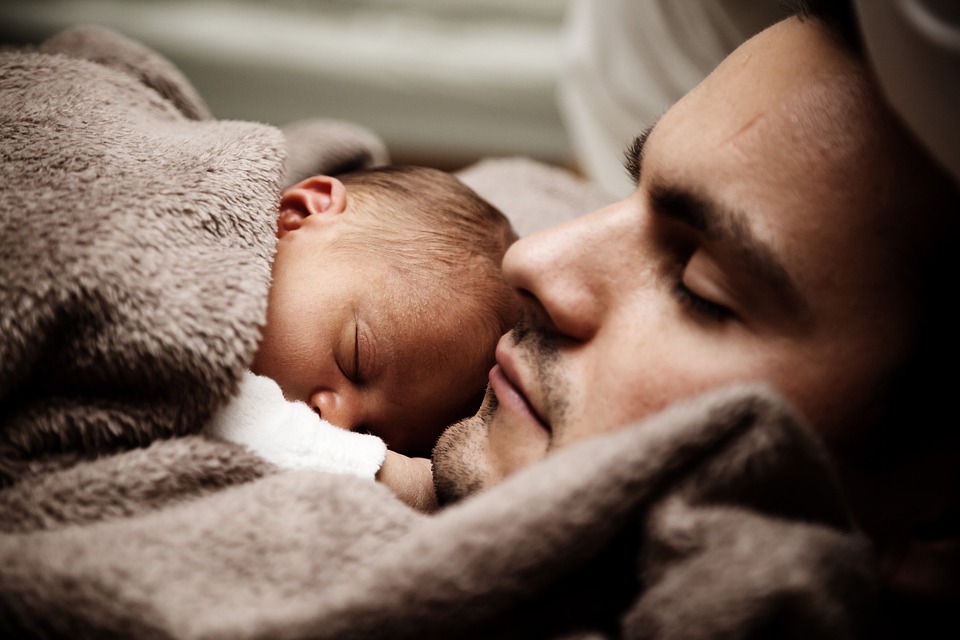Chapter 6. States of Consciousness
States of Consciousness Introduction
Jessica Motherwell McFarlane
Approximate reading time: 7 minutes
Aria’s Story (Part 1): Aria’s Struggles with Insomnia
Let’s begin our exploration of states of consciousness with Aria, a university student struggling with severe insomnia, and Rohan, a psychology intern ready to apply his learning to real-life challenges. Their story not only begins our discussion about consciousness but also highlights the impact of sleep disorders on daily life. Through Aria’s experiences, we’ll explore the triggers of insomnia and the importance of treatments grounded in science. Aria’s journey may even resonate with you, and offer strategies to improve your own sleep.
Introduction to Clinical Psychology Intern, Rohan
Rohan is embarking on his first clinical psychology practicum at a psychology clinic. Assigned to Aria’s case, he’s tasked with designing and implementing a treatment plan for her insomnia, under the guidance of professional psychologists. This internship is Rohan’s opportunity to translate his academic knowledge into practical skills, significantly improve Aria’s sleep and prove the effectiveness of his clinical skills. (Note: Later in this chapter you will be able to read the sleep science Rohan studied to design his treatment plan for Aria.)
Client’s Background and Presenting Problem

Aria, an 18-year-old university student, has been experiencing severe insomnia for the past six months. As a first year university student, Aria has found the transition to university life challenging, with increased academic pressures and a new social environment.
Aria reports difficulty falling asleep, often staying awake until 2 or 3 AM. Her sleeplessness is made worse by habits such as scrolling through social media and watching videos on her phone in bed. Because she feels exhausted in the morning, Aria relies on coffee and energy drinks to stay awake during classes. To combat restlessness at night, Aria occasionally resorts to snacking, alcohol, or cannabis, hoping these will induce sleepiness. And so the cycle of staying up late at night and being too sleepy during the day continues.
Psychology intern, Rohan, begins by conducting an intake interview with Aria.
When Rohan has finished his intake interview with Aria, he has a better understanding of her struggles with insomnia. The intake interview revealed that Aria has challenges with her late-night screen time, her reliance on coffee and energy drinks and other substances, and her irregular sleep patterns. Rohan’s task now is to sift through this information and craft a treatment plan that addresses Aria’s unique needs. His approach will blend scientifically proven practical strategies (which we will cover in this chapter), and aim to guide Aria towards healthier sleep habits and improved well-being.
This case study introduces our exploration of states of consciousness in the following chapter. In addition to learning about the nature of consciousness and altered states of consciousness, we will delve into the science of sleep, the psychological impacts of insomnia, and the effectiveness of various treatment strategies. As we explore these topics, keep Aria’s story in mind. It gives us a real-world application of the theories and concepts we’ll be discussing. How would you treat Aria’s insomnia? At the end of the chapter, we’ll return to Aria and Rohan to see how their story unfolds and whether Rohan’s treatment plan leads to Aria’s much-needed relief for insomnia.
Introduction
In this chapter, we explore the various states of consciousness, from everyday moments of wakefulness and sleep to extraordinary realms brought on by meditation, drugs, and near-death experiences. Have you ever wondered why some nights are spent tossing and turning, or why some dreams blur the lines between real and imaginary? We’ll delve into the science behind our sleep patterns, the cognitive functions of sleep, and the mysterious stages of REM and NREM sleep.
We’ll also discuss how substances like caffeine and alcohol can disrupt our sleep, and explore the therapeutic potential and dangers of drugs. Furthermore, we’ll look at parasomnias such as sleepwalking and talking, to understand more about what these phenomena indicate about our sleep health.
Additionally, we’ll examine how practices like meditation, hypnosis, and trance, as well as near-death experiences, influence our perception and thought processes. These experiences show us how our awareness can change and adapt to different situations and influences.
By the end of this chapter, you’ll appreciate the complexity and crucial role of consciousness in your daily life. You’ll see how everyday habits shape your mental state, affecting everything from the quality of your sleep to the vividness and meaning of your dreams. We’ll explore practical insights that reveal how your mind works, directly linking these concepts to everyday experiences and decisions.

Image Attributions
Figure SC.1. Insomnia by Rachel Lu is licensed under a CC BY-NC-SA license.
Figure SC.2. Image by PublicDomainPictures is used under the Pixabay Content License.
To calculate this time, we used a reading speed of 150 words per minute and then added extra time to account for images and videos. This is just to give you a rough idea of the length of the chapter section. How long it will take you to engage with this chapter will vary greatly depending on all sorts of things (the complexity of the content, your ability to focus, etc).

